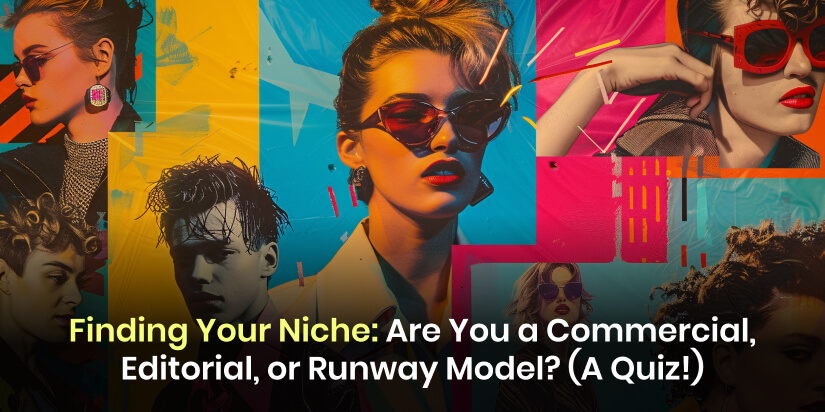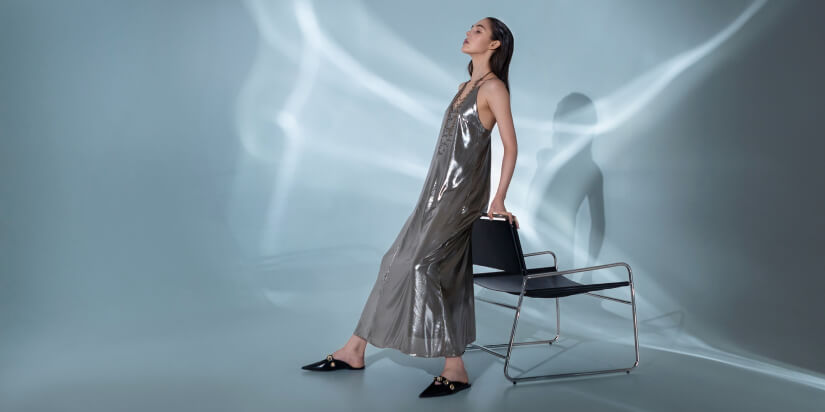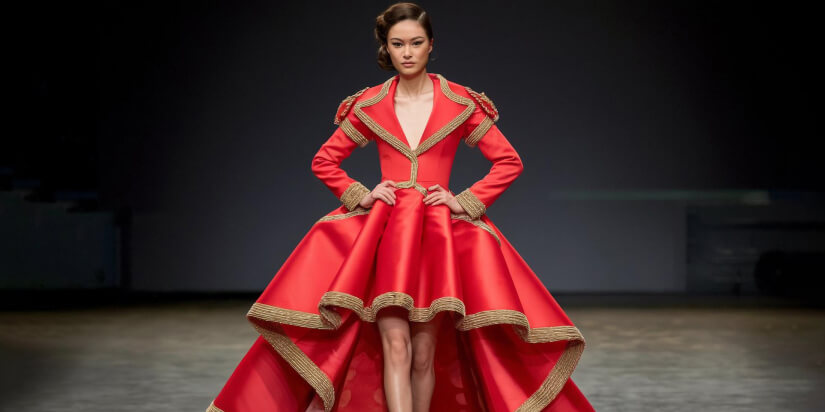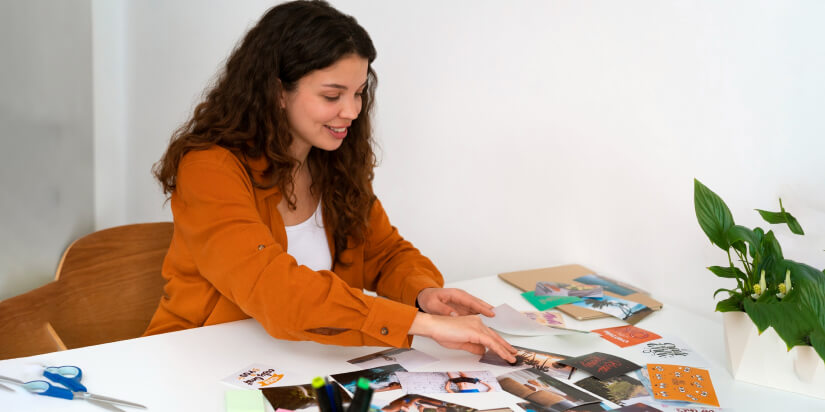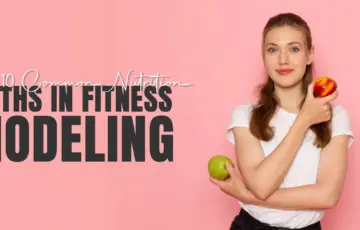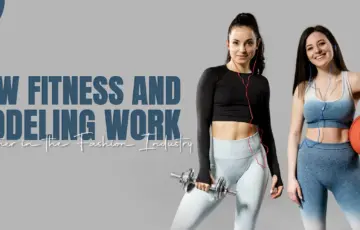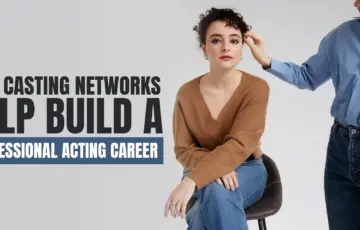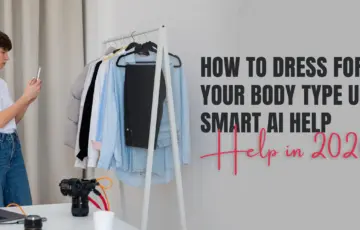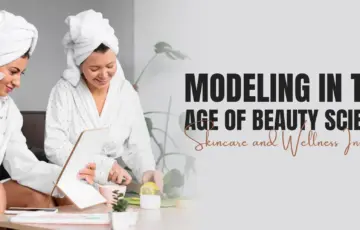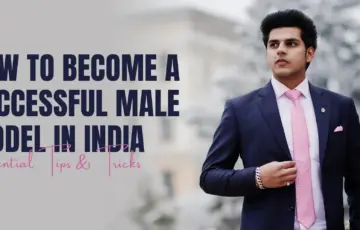The dream of becoming a model is a powerful one. It’s a world of creativity, expression, and fashion. But here’s a secret the glossy magazines don’t always tell you: the modeling industry isn’t a single path. It’s a landscape of diverse opportunities, and the key to a successful career is finding your place within it. Not everyone is destined for the haute couture runways of Paris, and that’s more than okay—because there are incredible opportunities in other areas. The first step for any aspiring model is to understand the fundamental model types.
At its core, the industry is often broken down into three main categories: Commercial, Editorial, and Runway. Each demands a unique look, a specific skill set, and a different kind of energy. Understanding the distinctions between them is the most important piece of knowledge you can have as you start your journey. It will inform how you build your model portfolio, which agencies you approach, and ultimately, where you’ll find the most success and fulfillment.
This guide, brought to you by the fashion experts at Dazzlerr, is designed to be your comprehensive introduction to these core modeling niches. We’ll break down exactly what each category entails—from the physical requirements to the type of work involved. And once you’re armed with that knowledge, you can take our fun and insightful quiz at the end to see where your natural strengths might lie.
Are you ready to discover your potential? Let’s dive in and explore the vibrant world of professional modeling to help you in finding your modeling niche.
The Relatable Star: What is a Commercial Model?
When you think of a commercial model, think of relatability and marketability. These are the faces you see in advertisements for everyday products and services. Their job is to connect with the consumer on a personal level, making the product they’re showcasing feel accessible, trustworthy, and desirable. A commercial model sells a lifestyle that the average person can aspire to and achieve.
The Look and Requirements
Unlike the strict and specific standards of high fashion, the requirements for a commercial model are much more flexible and diverse. This is one of the most inclusive areas of the modeling world.
- Height: There are generally no strict height requirements. While some clients may have preferences, models of all heights can find work.
- Size & Shape: Commercial modeling celebrates a wide range of body types. Brands want to reflect their diverse customer base, so there is demand for models of all shapes and sizes.
- Age: From babies in diaper ads to seniors promoting retirement plans, commercial modeling is open to all ages.
- The “It” Factor: The key attribute is a friendly, approachable, and trustworthy appearance. Think great smile, expressive eyes, and healthy-looking skin and hair. They need to look like a “real person,” but the most polished and photogenic version.
The Work and The Vibe
The work of a commercial model is incredibly varied. The primary goal is always to help sell a product or promote a service. This means their role often involves a degree of acting; they need to convey emotions like happiness, satisfaction, and confidence.
- Print Advertising: You’ll see them in magazines, on billboards, and in newspaper ads for everything from banks and cars to fast food and pharmaceuticals. This is often called a commercial print model.
- Catalogues & E-commerce: They are the models you see on websites for major retailers, showcasing clothing and accessories in a straightforward, appealing way.
- Television Commercials: This is a huge market for commercial models, requiring them to act out small scenes and deliver lines.
- Corporate & Industrial: Models are hired for corporate training videos, brochures, and websites to represent a company’s brand and employees.
The Essential Skills
To succeed in commercial modeling, you need more than just a photogenic face. You need to be a versatile performer.
- Expressiveness: The ability to convey a range of emotions with your face and body language is critical. Can you look excited about yogurt? Can you look trustworthy while promoting insurance?
- Consistency: On set, you may need to hold the same smile or pose for hundreds of photos to get the perfect shot.
- Professionalism: Commercial sets are busy and run on tight schedules. Being on time, easy to work with, and taking direction well are non-negotiable skills.
- Acting Ability: Even a little acting training can go a long way, especially for TV commercial work.
The High Fashion Visionary: What is an Editorial Model?
If commercial modeling is about selling a product, editorial modeling is about selling a story, a mood, or a creative vision. An editorial model, often called a high fashion model<, is the centerpiece of the artistic narratives found in the pages of top fashion magazines like Vogue, Harper's Bazaar, and W. Their purpose isn't to be relatable; it's to be aspirational, avant-garde, and transformative. They are human canvases for the world’s top designers, photographers, and stylists.
The Look and Requirements
The standards for an editorial model are famously specific and demanding, though the industry is slowly becoming more inclusive. The editorial look is typically more angular, unique, and striking than the commercial look.
- Height: For women, the standard is typically 5’9″ to 6’0″ (approx. 175-183 cm). For men, it’s usually 6’0″ to 6’3″ (approx. 183-191 cm).
- Measurements: The “sample size” standard is still prevalent. For female models, this is often around a 34″ bust, 24″ waist, and 34″ hips. These precise measurements are because they must be able to fit into the one-of-a-kind garments created by designers for their collections.
- Age: The peak age for editorial models is typically younger, often starting in the mid-teens and extending into the mid-twenties.
- Features: Strong, prominent features are highly sought after—high cheekbones, a defined jawline, and unique or unconventional beauty are assets. An editorial face is a memorable one.
The Work and The Vibe
The work of a high fashion model is centered around high-end fashion. The goal is to create breathtaking images that push creative boundaries.
- Magazine Editorials: These are the multi-page fashion stories in magazines. The model’s job is to embody the theme of the shoot, whether it’s romantic, futuristic, or dramatic. This is the heart of editorial print.
- Designer Look books: High-end designers hire editorial models to showcase their new collections for buyers and the press.
- Luxury Brand Campaigns: While this bleeds into advertising, campaigns for luxury brands (like Chanel, Gucci, or Dior) almost exclusively use models with an editorial look to maintain their high-fashion image.
The Essential Skills
High fashion modeling requires a unique set of artistic and physical skills.
- Posing Prowess: You must have an innate understanding of your body and how it looks on camera. Poses are often less natural and more artistic, angular, and even contorted.
- Resilience: Shoots can be long and demanding, sometimes in uncomfortable locations or involving difficult-to-wear clothing.
- Adaptability: An editorial model must be a chameleon, able to transform their look and persona from one shoot to the next.
- Thick Skin: The high fashion world is notoriously competitive and can involve a lot of rejection. Confidence and perseverance are essential.
The Living Mannequin: What is a Runway Model?
The runway model, or catwalk model, has one of the most visible and iconic jobs in the modeling industry. Their purpose is to bring a designer’s collection to life in front of a live audience of press, buyers, and fashion enthusiasts during fashion weeks in New York, Paris, Milan, and London. They are, in essence, living, breathing mannequins, tasked with showcasing the movement, fit, and flow of the garments as the designer intended. The focus is entirely on the clothes.
The Look and Requirements
The runway model requirements are arguably the strictest in the entire industry, as they are based on very practical considerations for designers.
- Height: This is the most critical factor. Female runway models are almost exclusively 5’10” to 6’0″ (approx. 178-183 cm). Male models are typically 6’1″ to 6’3″ (approx. 185-191 cm). This uniformity creates a consistent, powerful visual line on the catwalk.
- Measurements: Like editorial models, runway models must fit into standard designer sample sizes. A slender, statuesque frame is the industry norm.
- Proportions: Long limbs and a balanced torso are highly valued as they are believed to display clothing in the most flattering way.
- The “Blank Canvas”: While a striking face is a plus, the primary requirement is a look that doesn’t distract from the clothes. Designers want the audience’s eyes on the garments, not the model’s face.
The Work and The Vibe
The life of a runway model is a whirlwind, especially during the fashion month circuit.
- Fashion Shows: The main job is walking in shows during Fashion Week. This involves long days of fittings, hair, and makeup, followed by the intense, high-energy minutes of the show itself.
- Showroom Modeling: Between shows, models may work in designer showrooms, wearing the collection for private appointments with buyers.
- Fittings: Models work closely with designers in the weeks leading up to a show, acting as a live model for the creation and tailoring of the collection. This is a crucial part of the design process.
The Essential Skills
If you want to know how to be a runway model, you must master a very specific and crucial skill.
- The Walk: Everything comes down to the runway model walk. It must be powerful, confident, and perfectly paced. Each designer may ask for a slightly different style of walk, so versatility is key. It needs to be commanding without being distracting.
- Endurance: Fashion week is a marathon of back-to-back shows, fittings, and castings across a city. Physical and mental stamina are absolutely essential.
- Poise and Composure: You must remain perfectly composed, even if you’re wearing towering heels, a restrictive garment, or walking on a slippery surface.
- Professionalism: Being on time for castings and fittings is paramount. A model who is unreliable will not be rebooked.
The Dazzlerr Quiz: What’s Your Modeling Niche?
Now that you’re an expert on the big three, it’s time to see where you might fit in! Answer these questions honestly and tally up your responses (A, B, or C). This quiz is a fun starting point in finding your modeling niche.
1. How would your friends describe your look?
- a) Friendly, approachable, and someone who always has a great smile.
- b) Striking, unique, and a little bit edgy.
- c) Tall, statuesque, and elegant.
2. When it comes to fashion, you prefer:
- a) Comfortable, stylish, everyday clothes from your favorite brands.
- b) Avant-garde, artistic pieces that make a bold statement.
- c) Designer clothes that are beautifully constructed, focusing on the silhouette and fabric.
3. If you were in a photoshoot, you’d most enjoy:
- a) Laughing and interacting with other models to create a fun, happy scene for a soda ad.
- b) Holding a powerful, artistic pose for a ten-page spread in a high-fashion magazine.
- c) Walking down a long, bright runway wearing a breathtaking gown.
4. What’s your “special skill”?
- a) You’re a natural actor and can convey any emotion with just a look.
- b) You can create interesting, angular shapes with your body and have a fierce, intense gaze.
- c) You have a powerful, confident walk that makes people stop and watch.
5. Your height is:
- a) It’s average, on the shorter side, or on the taller side—it varies!
- b) For women, 5’9″ or taller. For men, 6’0″ or taller.
- c) For women, 5’10” or taller. For men, 6’1″ or taller.
6. Your ideal work environment would be:
- a) A lively, collaborative set with a big crew and a clear commercial goal.
- b) A creative, artistic set with a small, focused team trying to create a masterpiece.
- c) The high-energy, fast-paced backstage area of a major fashion show.
7. People often tell you that you have:
- a) A really trustworthy and relatable face.
- b) Incredible, striking cheekbones and a very unique look.
- c) Great posture and a graceful way of moving.
8. When looking at a fashion magazine, you’re most drawn to:
- a) The advertisements for watches, cars, and beauty products.
- b) The imaginative, story-driven fashion spreads.
- c) The photos from the runway shows, analyzing the collections.
Quiz Results: Unveiling Your Potential
Tally your answers! Which letter did you choose most often?
Mostly A’s: You’re a Commercial Star!
Your strengths lie in your relatability, expressiveness, and approachable charm. You have the look and personality that brands love because you connect directly with consumers. Your path is in commercial modeling. Focus on building a model portfolio that showcases your range of expressions—happy, serious, thoughtful, and excited. Practice in front of a mirror and consider taking some acting classes. Your opportunities are vast, from print ads to television commercials.
Mostly B’s: You’re an Editorial Visionary!
You possess the unique, striking beauty and artistic soul of a high fashion model. You’re not just a face; you’re a canvas for creative expression. Your future is likely in editorial modeling. Your portfolio should be filled with strong, compelling images that showcase your ability to pose and convey a mood. Study the pages of high-fashion magazines and practice creating angular, powerful poses. Your journey will take you into the artistic heart of the fashion world.
Mostly C’s: You’re a Runway Powerhouse!
With your height, poise, and powerful presence, the catwalk is calling your name. You have the specific physical attributes and the commanding energy required to be a runway model. The most important thing for you to do is perfect your runway model walk. Put on your heels (or appropriate shoes) and practice in a long hallway. Record yourself and study the walks of supermodels. Your career could be a whirlwind of international fashion weeks, showcasing the work of the world’s greatest designers.
Your Path Forward in the Modeling Industry
This quiz and guide are your starting point, a compass to direct your initial efforts. Remember, these categories can and do overlap. An editorial model can book a high-end commercial campaign, and a runway model often does editorial work. However, knowing your primary niche helps you target your efforts effectively.
Your next steps as an aspiring model are clear:
- Build Your Portfolio: Tailor your portfolio to the niche you’re aiming for. A commercial portfolio looks very different from an editorial one.
- Practice Your Craft: Whether it’s your walk, your posing, or your expressions, never stop honing your skills.
- Research Agencies: Look for modeling agencies that specialize in your niche. An agency focused on runway models might not be the best fit for a commercial model, and vice versa.
The modeling industry is a competitive but rewarding field. By understanding where you fit in, you’re no longer just dreaming—you’re planning. You’re taking the first professional step toward a successful career. And that, as we say at Dazzlerr, is always in fashion.
